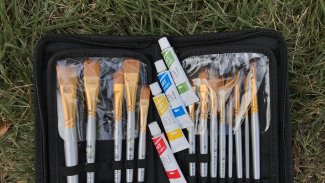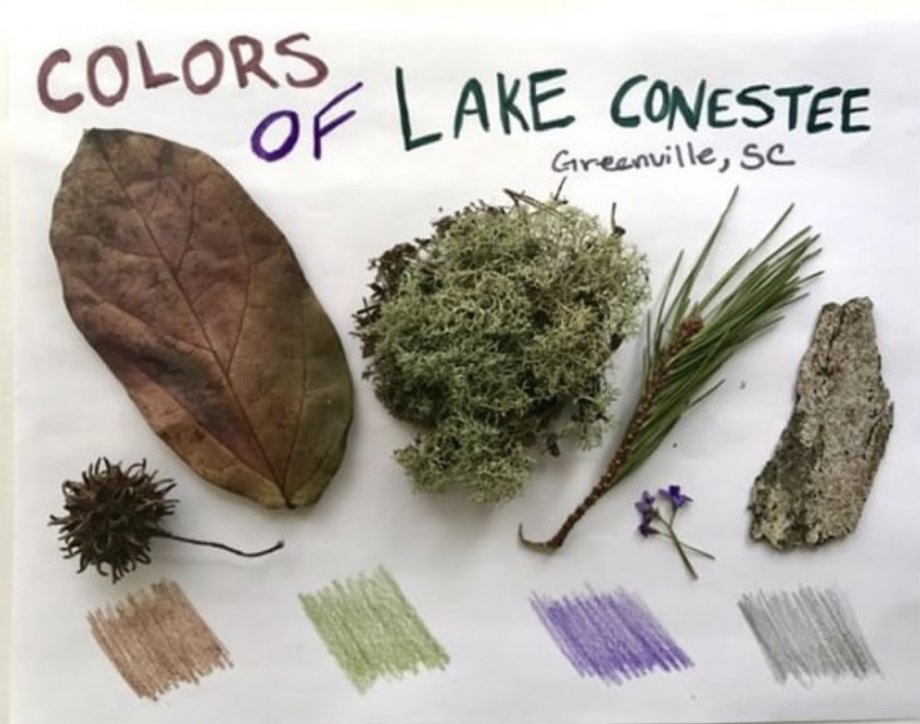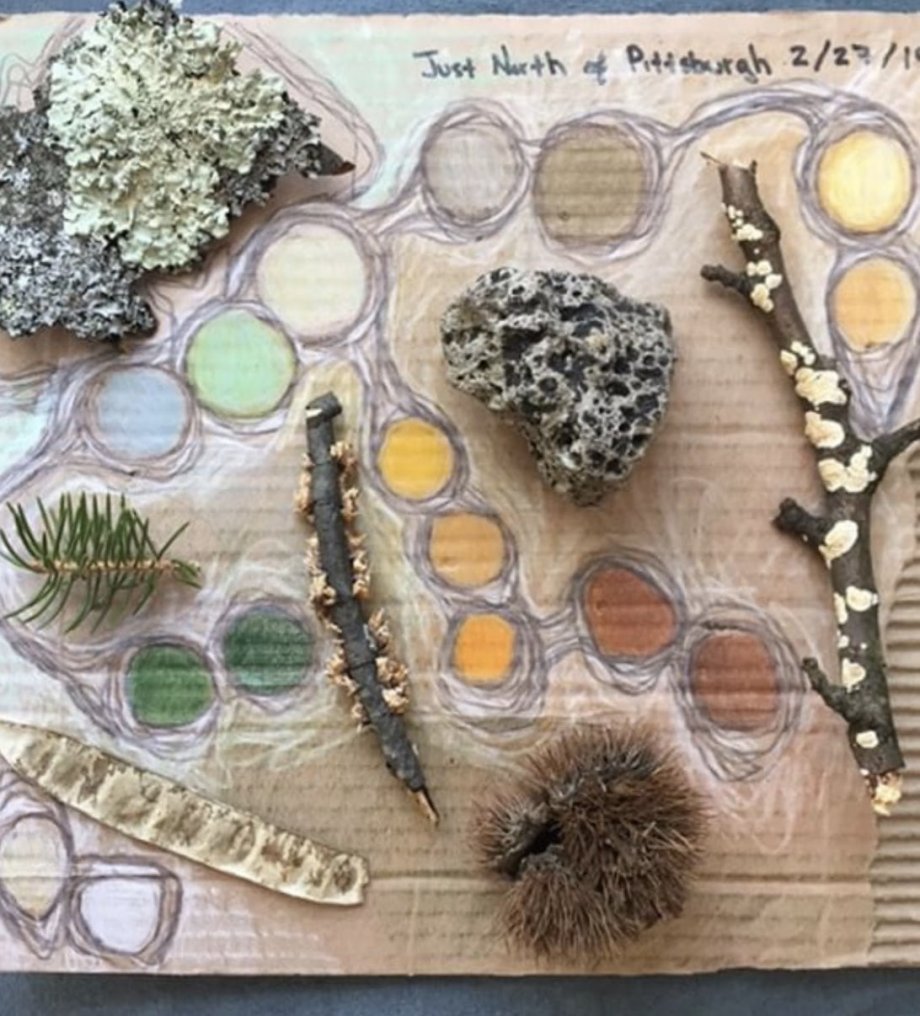
Artistic interpretation and expression can be powerful methods for connecting with the natural world. Through art, we can relate distant scientific notions and environmental issues to our lived experiences; an artistic approach can infuse the objective and factual with creativity and emotion (Inwood, 2008). Used in conjunction with PBE, art can provide new ways of reconnecting with the natural world, the human community and ourselves. There are many resources online and in books for place-based nature-inspired art activities. Below, we are providing a simple yet meaningful art project to help explore and connect with your place.
EID Connections: This activity encourages greater Spatial Autonomy, as participants are inspired to explore and discover in the natural world. Through careful observation, a children can develop a better understanding of the natural world, increasing their Environmental Competency. Many artists use their art for environmental action and activism, as they heighten awareness about environmental issues in the world. Additionally, creating art can aid in one’s emotional self-regulation. It increases connection with nature, as well as empathy for the natural world.
Winter Color Challenge or Nature’s Color Palette
The following activity was developed by West Virginia-based artist and educator Rosalie Haizlett (rosaliehaizlett.com).
This activity is a fun tool to help children and adults slow down and become more observant while outside. It was designed in the context of winter, with the goal of encouraging people to notice and appreciate the colors in the “dullest” season, but the activity can be used year-round. This activity inspires you to notice the uniqueness of your place.
Materials needed:
- Drawing or painting tools (pastels, colored pencils, watercolors, crayons, etc.).
- Paper, notebook, nature journal, etc.
The Activity:
- Take a hike/stroll through the woods, a park or even your backyard. On your walk, pay extra attention to the ground to look for colorful natural items like mossy sticks, stones, fallen leaves, fungi, seashells, etc.
- Collect a few items that have colors you like, taking care not to pick any living things. IMPORTANT: If you are in a national park or nature preserve, make sure to practice "Leave No Trace" ethics and simply take pictures of the colorful items instead of collecting or disturbing anything.
- Next, create your color palette. This may be done outside during your walk, or inside after your walk.
- Lay out the things you collected or get out the photos that you took. Choose a few colors that you like from the inspiration you've collected and use your art materials to try to replicate the colors of the items onto your paper.
- After creating your color palette, write the location of your hike on the paper!
Supplemental Activities:
- Using your new color palette, draw or paint an abstract image expressing the feeling or atmosphere of the environment, using lines, shapes and splotches of color
- Using your new color palette, write, color and decorate a word that describes your experience or feelings on the hike, e.g. happy, beautiful, mysterious, adventure, melancholy.
Examples of Palettes


References
Inwood, J.J. (2008). At the crossroads: Situating place-based art education. Canadian Journal of Environmental Education, 13(1), 29-41.
This project is funded by the National Science Foundation. Award # 1753399, CAREER: A longitudinal study of the emotional and behavioral processes of Environmental Identity Development among rural and non-rural Alaskan children

